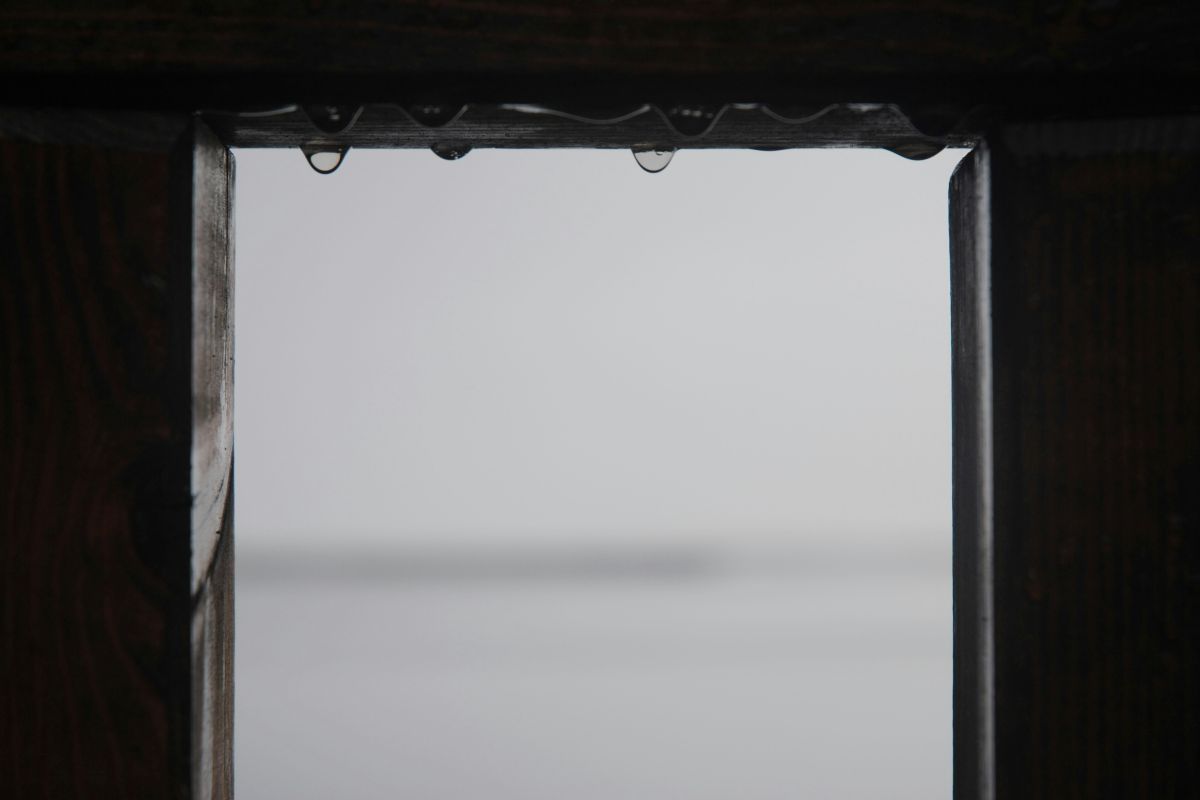Leaky windows can be a homeowner’s nightmare, causing not just water damage but also contributing to energy inefficiency and increased utility bills. If you’ve noticed water seeping in from the top of your window frame, it’s crucial to address this issue promptly to prevent further damage. In this comprehensive guide, we’ll walk you through the steps to effectively fix a leak at the top of your window frame, ensuring your home remains dry, comfortable, and energy-efficient.

Step 1: Identify the Source of the Leak
Before you start any repair work, it’s essential to determine the exact source of the leak. Sometimes, water may appear to be coming from the top of the window frame but could actually be entering from a different location, such as the roof or siding, and then running down to the window. Inspect the area during or immediately after rain to accurately locate the source. Look for signs of water penetration, such as discoloration, peeling paint, or dampness.
Step 2: Prepare the Area
Safety and preparation are key. Ensure the area around the window is clean and dry before starting your repair. This may involve removing any curtains, blinds, or other window treatments, as well as moving furniture away from the window area. Protect the interior floor with a drop cloth or towels to catch any water or debris.
Step 3: Seal Cracks or Gaps
Cracks or gaps in the window frame or surrounding areas can often be the culprits behind water leaks. Use a high-quality, paintable exterior caulk to seal these openings. For larger gaps, you might need to use expanding foam insulation for a tighter seal. Apply the caulk or foam according to the product instructions, smoothing it out for a clean finish. Allow it to dry completely, as per the manufacturer’s recommendations.
Step 4: Check and Repair Window Flashing
Window flashing is a material (usually metal or plastic) that directs water away from the window and prevents it from entering the wall. Inspect the flashing around the top of your window for any signs of damage, corrosion, or misalignment. If the flashing is damaged, it may need to be repaired or replaced. This can be a more complex task and might require professional assistance if you’re not comfortable doing it yourself.
Step 5: Inspect and Repair the Sill
While your issue is at the top of the window, it’s a good practice to inspect the sill and the rest of the window frame for any damage or vulnerabilities that could contribute to leaks. Ensure that the sill is properly sloped away from the window to direct water outward and prevent pooling.
Step 6: Test for Leaks
After repairs have been made, it’s important to test the window for leaks. Wait for a rainy day or simulate rain with a garden hose. Spray water over the top of the window and observe to ensure that no water penetrates the repaired areas. Pay close attention to the interior for any signs of moisture.
Step 7: Maintain Regularly
Regular maintenance is crucial in preventing future leaks. Twice a year, inspect your windows for signs of wear and tear, reapply caulk as needed, and ensure that the flashing and other materials are in good condition. Keeping gutters clean and ensuring that downspouts direct water away from the house can also prevent water from pooling around your windows.
Conclusion
Fixing a leak at the top of your window frame is a manageable task that can save you from more significant problems down the line. By following these steps, you can ensure your home stays dry and comfortable in any weather. If the problem persists or you’re unsure about any part of the process, don’t hesitate to seek professional help. Remember, taking care of your windows is not just about preventing leaks; it’s about maintaining the overall health and efficiency of your home.





